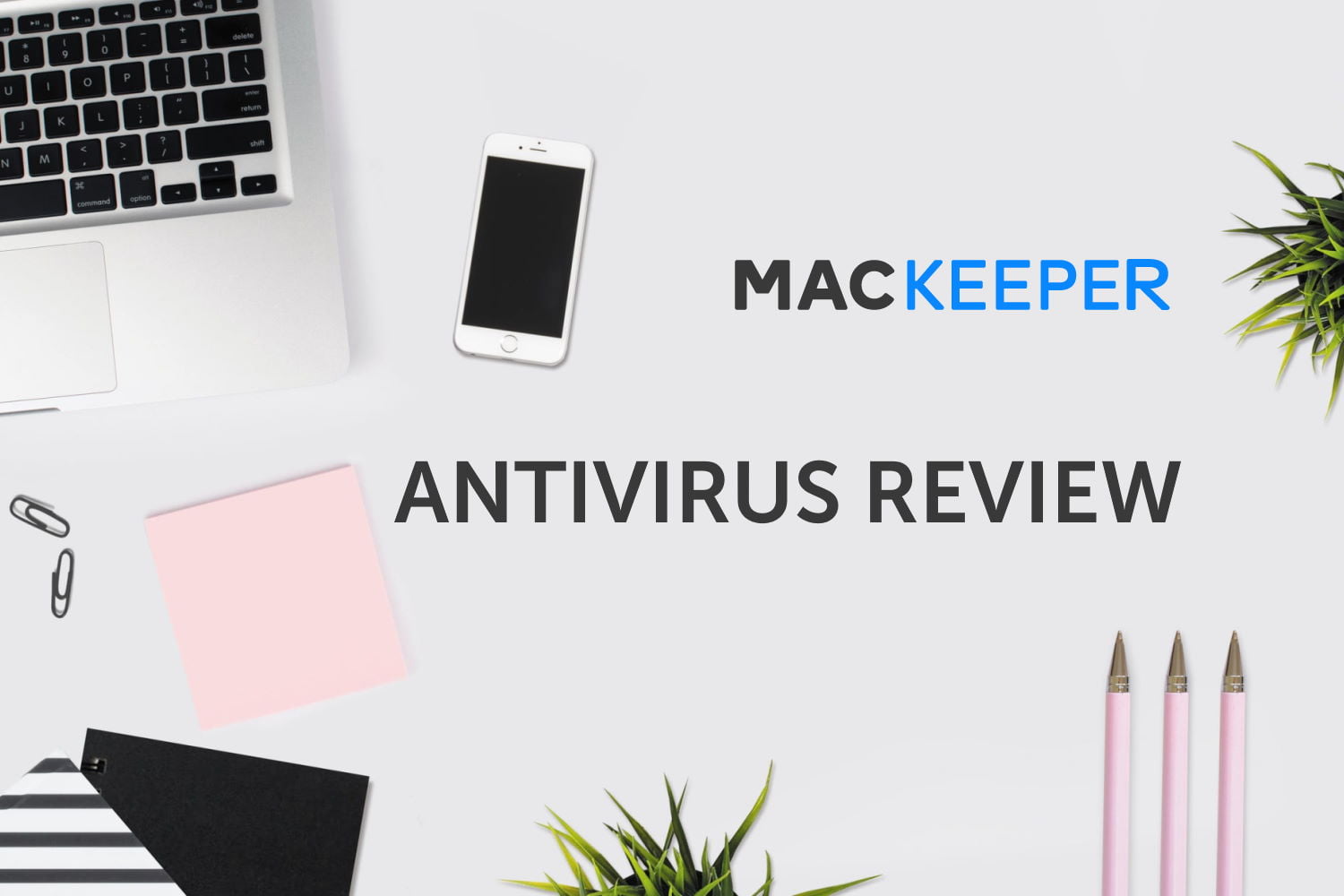

Mackeeper virus how to#
It’s tough to offer you succinct reliable advice about how to avoid applications like the ones discussed in this article, but here are some general recommendations:
Mackeeper virus install#
I’ve never used mplayer, but it appears to be a legitimate open-source application. It’s possible that somebody could have written a custom installer that claims to install mplayer but instead installs Conduit Search. I wasn’t able to confirm this, but it’s possible.
Mackeeper virus free#
My client believes that Conduit Search was installed when she installed a free video-viewing application named mplayer. In order to get rid of Conduit Search, I referenced a few different web pages I found, including this page at Apple Discussion forums. Instead, it’s comprised for a number of bits and pieces that are strewn about your Mac so it can embed itself in each of your web browsers. Removing Conduit Search was not easy since it’s not an actual application. Conduit Search had imbedded itself into each of her web browsers: Safari, Firefox and Chrome. While trying to view web pages pop-up ads repeatedly appeared. Conduit Search had changed the default search engine from Google to itself. After removing both of them we could empty the Trash.Ĭonduit Search was preventing one of my clients from being able to view web pages and conduct searches using Google. I’m not sure which of them was the culprit or if the combination of them was the cause of the problem. She wasn’t entirely sure how it had been installed, but we removed MacBooster easily. I noticed that her Mac also had MacKeeper installed so I removed it also.

My client reported that she had been unable to empty her Trash since MacBooster had been installed. MacBooster was also an unfamiliar application when I encountered it. I followed these instructions to remove TuneupMyMac.

As soon as I removed TuneupMyMac and restarted the Mac, Sophos was able to finish its scan and clean all infected files. Sophos repeatedly got stuck in the middle of its efforts to identify and remove the virus from all infected files. I installed Sophos, a virus-removal application which I recommend. Her Mac had a handful of performance issues, but I was focused on removing a Word Macro virus. TuneupMyMac was new to me when I found it in the Applications folder on my client’s Mac. MacHelpWriter also has excellent MacHelpWriter also has excellent instructions for removing MacKeeper, either manually or using DetectX. Removing older versions is more involved but the process is described in this Mac Expert Guide article. The removal process is documented on the developer’s web site. Fortunately, current versions of MacKeeper are easy to remove. On some Macs it doesn’t seem to cause issues, but if a client is reporting performance slow downs, spinning beach balls or freezes and I see that MacKeeper is installed, I’ll immediately remove it. It would be easy for someone who doesn’t know what they’re doing to click the MacKeeper ad instead of the Speedtest’s Start button! My experience with MacKeeper is not positive. Ads for MacKeeper can be deceptive such as the one that is cleverly woven into the design of the web site. You’ve probably seen some of its ads that include its mascot pictured here. MacKeeper has a very mixed reputation that is well-covered in a 2012 Cult of Mac article. Let me briefly discuss each of these applications: It’s not clear if any of these applications are actually malware, but I consider them all annoy-ware at a minimum. A third Mac’s web browsing had been hijacked by Conduit Search. As a general rule, I recommend that you avoid installing apps that claim to tune-up or optimize your Mac. Last week, I worked on two Macs whose performance was negatively impacted by MacKeeper, MacBooster and TuneUpMyMac.


 0 kommentar(er)
0 kommentar(er)
